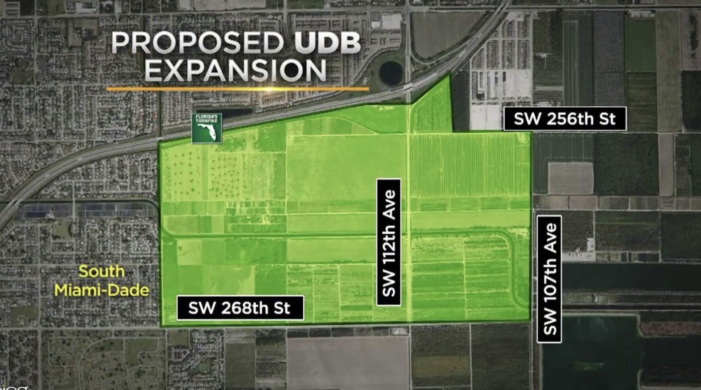What Urban Development Boundary?
Despite many concerns and more questions than answers about the eventual project, Miami-Dade Commissioners voted 9-3 Thursday to move along an application to expand the UDB and convert 800 acres of farmland into the South Dade Logistics and Technology District.
Developers used an inflated number of jobs as bait to basically pave over environmentally critical land and build warehouses. And many residents believed it, wearing t-shirts that said “Bring the Jobs” (who paid for those?) and urging the change so they can live, work and play in South Dade.
The amendment to the county’s Comprehensive Development Master Plan to expand the UDB, a border for development, now goes to the state for review and recommendations before it comes back to the county commission. The developers — Stephen Blumenthal of Coral Rock Development, and Jose Hevia, founder of Aligned Real Estate Holdings — and their dream team of lobbyists, including Jeff Bercow, Ron Book, Brian May, Juan Mayol, Hugo Arza and James McQueen, who was Commissioner Keon Hardemon‘s chief of staff in Miami, were told to have answers and details about the project if they want a yes in a second round.
Know more: Kendall Parkway to nowhere is an intentional slippery slope for UDB
But who are commissioners kidding? This was a given from the get-go. It’s been cooking since the commission voted last year to allow applications outside of the cycle. Everyone knew the votes were there way before it passed 9-3 (Hardemon was out). Only Commissioners Danielle Cohen Higgins, Eileen Higgins and Raquel Regalado voted against it.
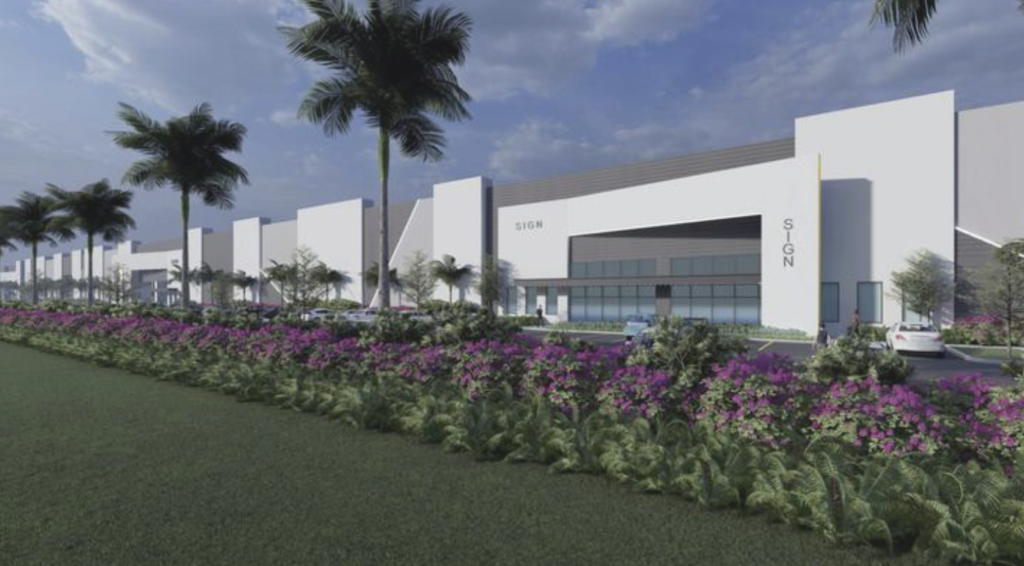
First, Commission Chairman Jose “Pepe” Diaz refused to let the mayor and the county staff — our county employees — make their presentation as to why they recommended denial. He did, however, let the developers make a half-hour presentation with a Power Point show.
But the real boot licking came afterwards, during discussion. It seemed as if several commissioners — Diaz, Rebeca Sosa, Joe Martinez and, especially, Kionne McGhee — were trying to sell the project, going above and beyond to convince their colleagues. They asked questions they knew the answers to — seemingly scripted questions that would only speak well of the project and throw shade to the property as is. They asked questions of the applicants that should have been directed to staff. It was weird.
It seemed like the questions were provided by the developer and/or Bercow.
They also talked about requiring covenants as if that would make us feel any better. We have seen them release covenants before. They are like props in this theater of the absurd.
Sosa, feigning concern for the “people down south,” even said it would be better for the environment to develop this agricultural land — property that has been identified as water storage area for Everglades restoration — into warehouses for logistic support. Something about fertilizer and pesticides.
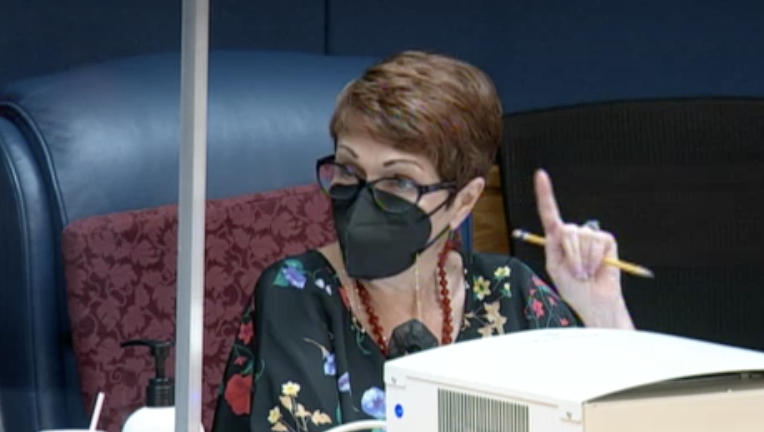
It’s a good thing she’s not in the classroom anymore.
Martinez called the UDB — a border where development must stop — a “whimsical line” and said there was no real science behind how or where it was drawn. “Some guy came here, had a few drinks and drew a line,” he said.
Guided by slides, Bercow said “the county’s failure to plan for job centers, had exacerbated the traffic problem and that South Dade — which is projected to grow by 40% in 20 years — had “suffered an imbalance between residence and jobs.” There is higher unemployment than in the rest of the county and longer commute times for residents who do work up north.
“South Dade today is the poster child for urban sprawl.”
Know more: Calusa golf course covenant to be killed for massive Kendall development
Proposers say the 10 million-square-foot South Dade LTD — which would be located just north of Southwest 268th Street and south of the Turnpike extension, between 107th and 122nd avenues — would create 11,500 direct jobs and 6,000 indirect jobs for an improbable total of 17,500. That number was repeated several times. Like a mantra. But it’s also a brand new number because the figure has changed over the course of this application. At one point, it was 5,000 jobs.
It keeps growing because it’s the only way they can get such support. Most of the people who spoke in favor of the project did so solely because of the jobs it promises to bring.
“The numbers are fabricated,” said Mary Waters, who did the math and multiplied the number of employees at existing nearby Amazon and FedEx facilities by the increased space of the Logistics and Technology District and said that it didn’t add up to 11,000.
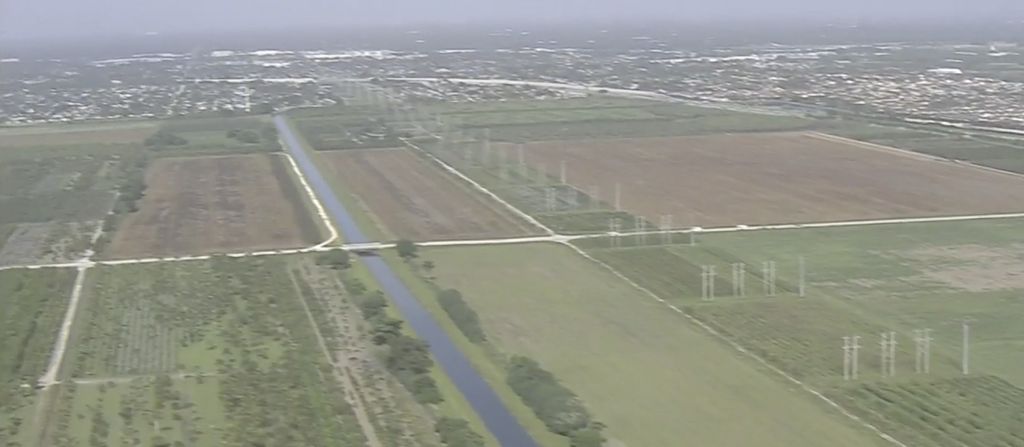
Others, including environmentalists — every group was represented from the Friends of the Everglades to the Sierra Club to the Tropical Audubon Society — urged the commissioners to “hold the line” and reject the proposal in order to protect Biscayne Bay, the aquifer and the Everglades and to prevent flooding. Someone from the Homestead Air Force Reserve Base and another guy from the U.S. Department of the Interior raised concerns about what the development would bring. Diaz cut them off at the minute mark.
The county’s own staff has recommended that the commission deny the application. Not just because it does not meet the needs analysis and undermines the infill policy of encouraging development within the UDB, but also because there’s a lot of missing information and the developers don’t even own all the land yet. They say the application is “premature.”
But neither we nor commissioners ever got to hear those reasons and analyses, which include a prediction that the space won’t be filled for 100 years and a list of current land options within the UDB that can be used for the same project.
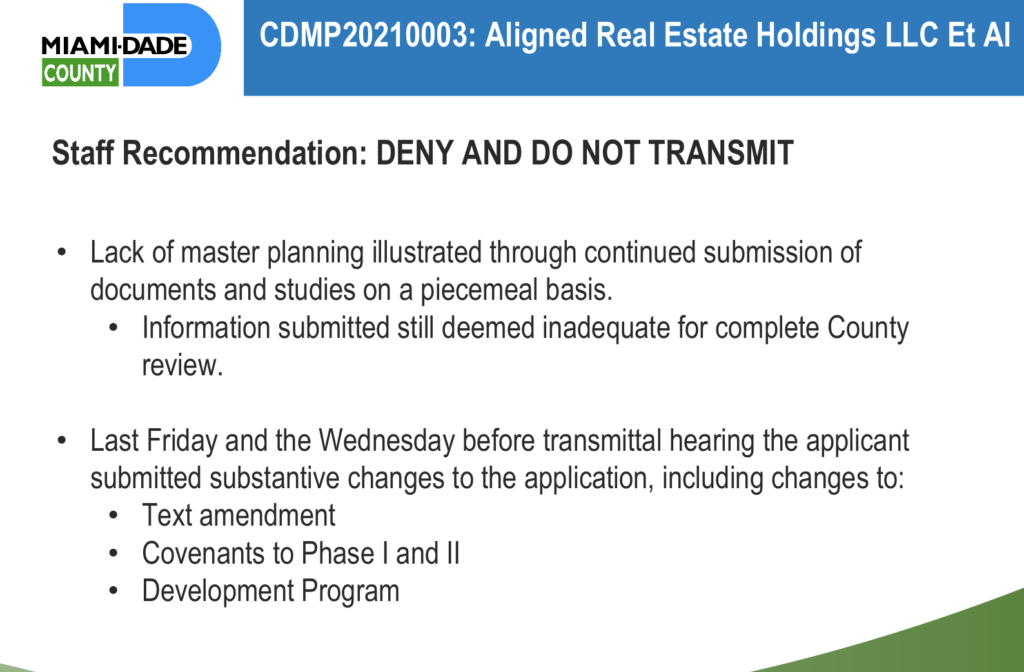
“They incorrectly prevented the staff from giving their presentation,” said Mayor Daniella Levine Cava, who is against the expansion of the UDB. She told Ladra after the meeting that she will wait for the feedback from the state and still hopes that commissioners are more discerning in round 2.
“I still believe that as they learn more, more of them will object,” la Alcaldesa said in a short telephone interview. “Several of them indicated real concerns so they were voting yes for now.
“I’m hopeful they’ll recognize that there are other alternatives and we don’t have to compromise our environment,” Levine Cava said.
“I also know in the end, I do have the ability to veto,” she said. And that might survive an override if some of the yes votes turn into nos.

